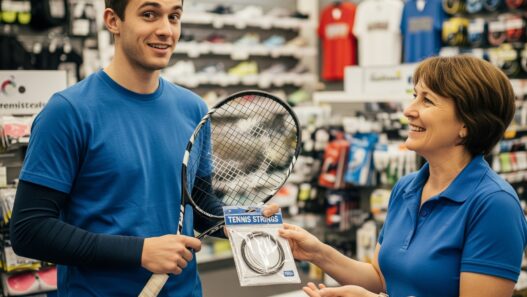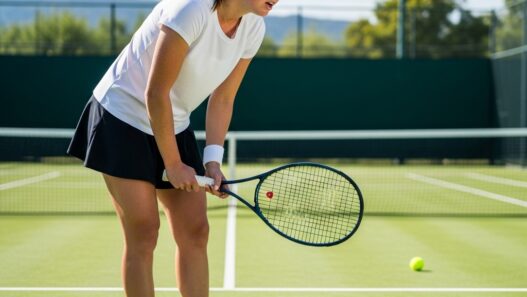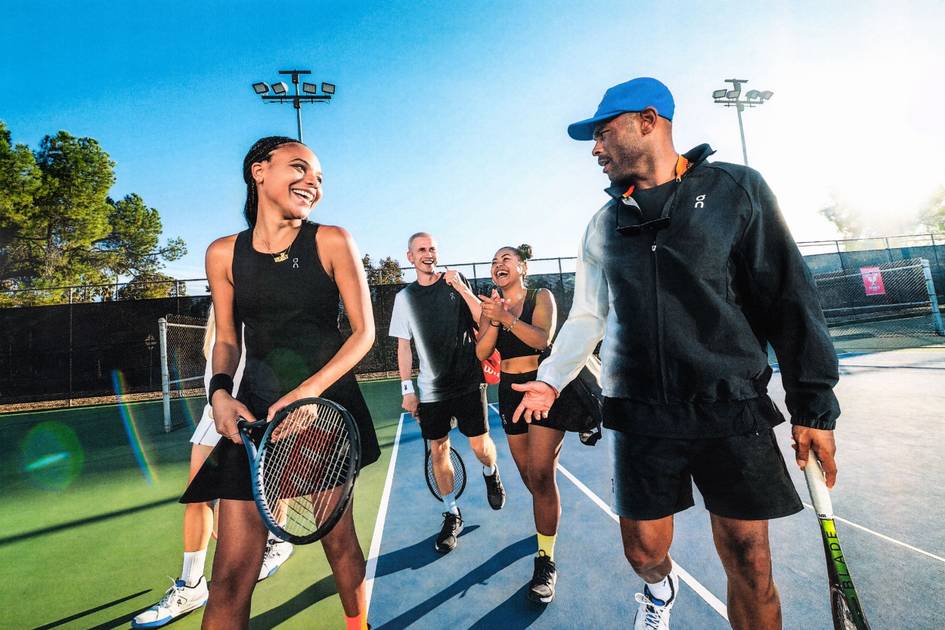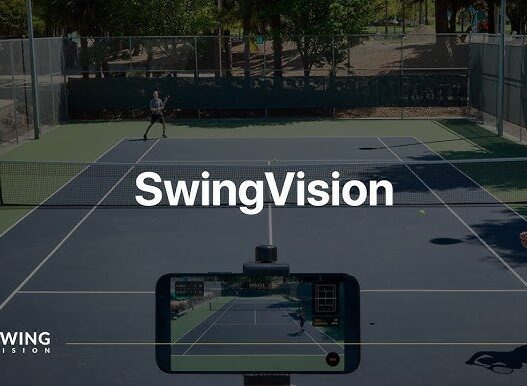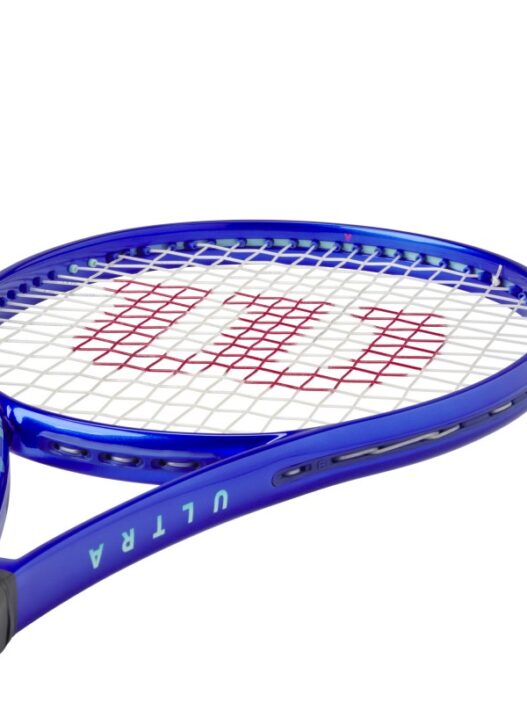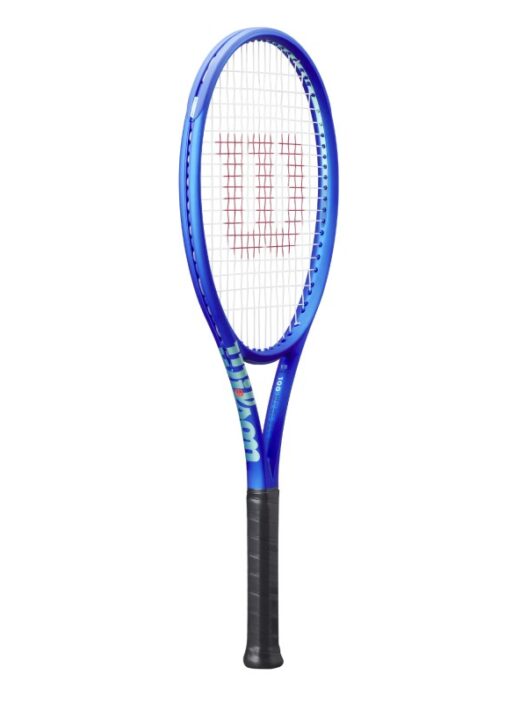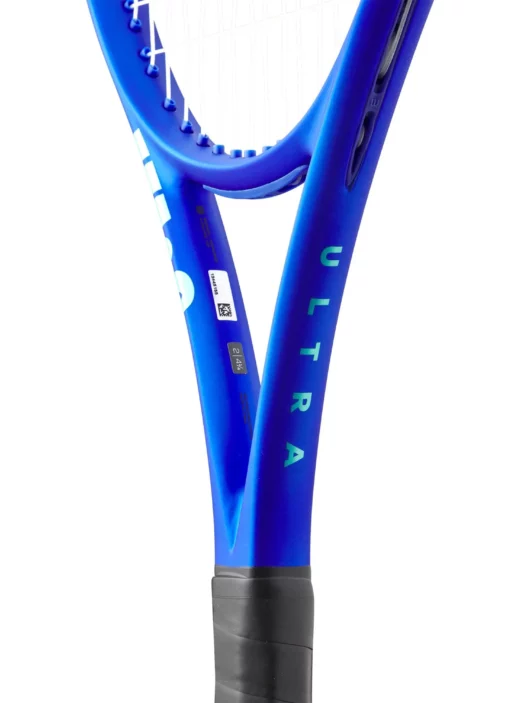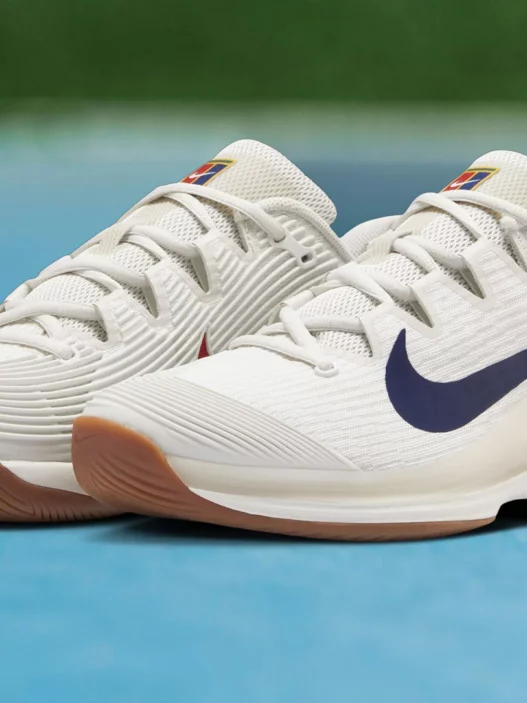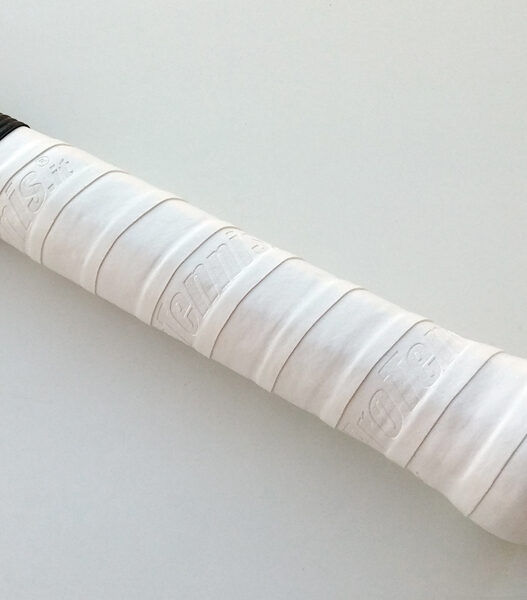On early Sunday mornings at our local club, between slices and volleys, I’ve noticed a fresh kind of chatter—less about Federer’s greatest hits and more about something unexpectedly important: inclusivity in tennis wear. We aren’t pros, just club-level players who want to feel welcomed by our gear. Somewhere between our fourth serve and the deciding forehand, it hit me how often the clothes we wear on court speak louder than we think.
Just last month, climbing into our usual mixed doubles, I noticed my neighbor Alex arriving in a polo and shorts from adidas × Thebe Magugu. This isn’t your standard unisex line—Magugu and adidas worked directly with a diverse group of players, varying body types and gender identities, to develop what they call UNITEFIT technology, a truly neutral fit designed for comfort and performance across the board. Players like Dana Mathewson and Felix Auger‑Aliassime debuted the collection at hard‑court tournaments, blending culture, heritage, and inclusivity (License Global, Inverse).
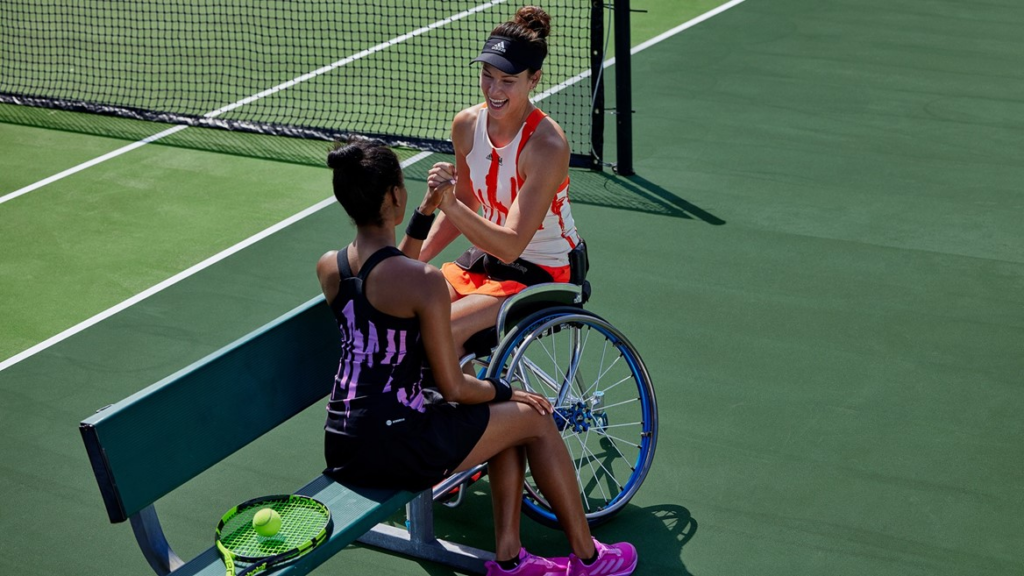
What struck me most wasn’t the style—it was how naturally the clothes moved during quick serves and aggressive volleys. That same week, Lisa showed up in a dress from Lululemon available in sizes XXS through XXXXL—a range that didn’t feel like a marketing campaign, but an actual answer to many of us who’d struggled to fit into one-size or gendered lines before.
On the women’s side, EleVen by Venus Williams is making waves with extended sizing and thoughtful tailoring. The line now spans XXS to XXL, and sells through retailers like Dia&Co and Amazon, offering athletic wear that is both stylish and supportive without forcing sizes into conventional molds (Dia&Co, Essence).

It isn’t just about size—features are changing too. I’ve noticed adjustable waistbands on shorts, built-in compression liners, and four-way stretch fabrics becoming common in both unisex polos and skirts. These aren’t compromises—they’re crafted for comfort and performance, regardless of wearer identity, and allow us to focus on rally length rather than waistband fit.
Most importantly, the impact of inclusive design ripples through the club. I watched as Sam, a tall, broad‑shouldered teenage player, confidently strode onto court in a gender-neutral top from Puma that fit as well as anything I’ve ever seen in a dedicated “men’s tennis” line. When gear simply fits, the person wearing it moves differently—more freely, more confidently.
These changes are more than trends—they show meaningful intent. Adidas, Fila, Puma, Uniqlo and Lululemon are all making tennis apparel with fewer gender labels and more body diversity. They’re moving away from the rigid binary that dominated locker rooms for decades and towards a vision of sport that prioritizes us over them.
Yes, progress is imperfect. Not every brand offers inclusive sizing or design yet. But the pace is accelerating. What was once niche is becoming mainstream: collections developed with gender neutrality and size expansion are moving off runways and straight into clubhouses.
At my club, these shifts aren’t overcomplicated—they are immediate and friendly. They show up in simple acts like Sasha picking a shirt that feels right not because it was labeled boy, girl—or anything else—but because it genuinely fits. They’re in the cheer drifting across the net when someone serves in a hoodie that doesn’t feel too small or too large. In tennis, where margin often determines outcome, comfort matters. Feeling embraced by our gear is a small revolution that changes how we play.
If you hit your serve just right, the ball whispers through the net—why shouldn’t our clothes feel that seamless too? As tennis continues to evolve, inclusive design is a quiet yet profound game-changer—welcoming all of us to the court, no matter who we are or how we identify.








